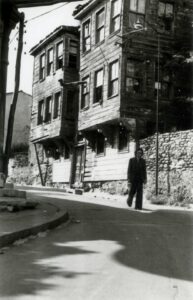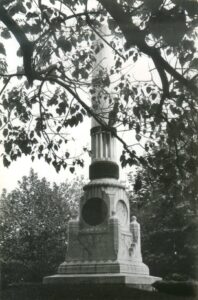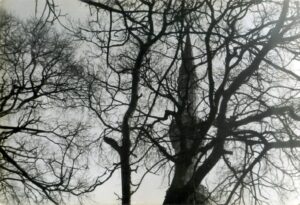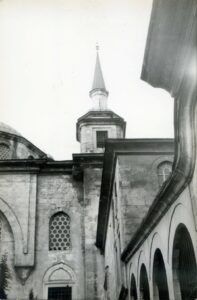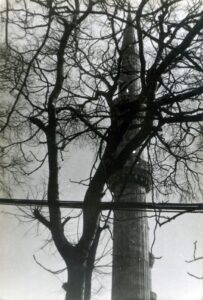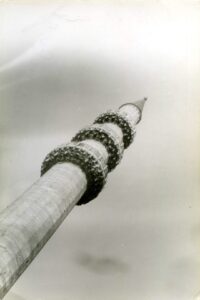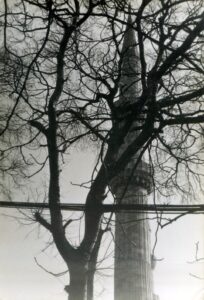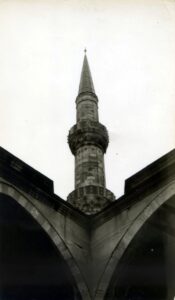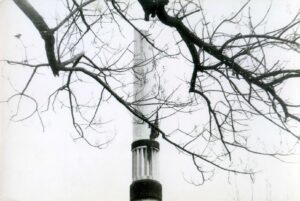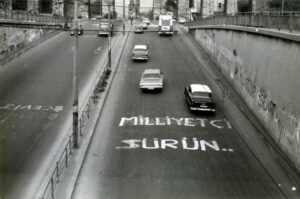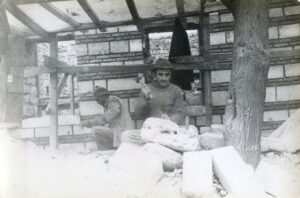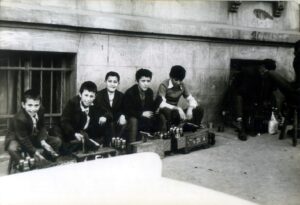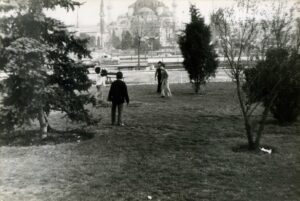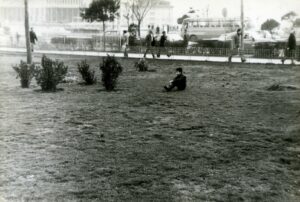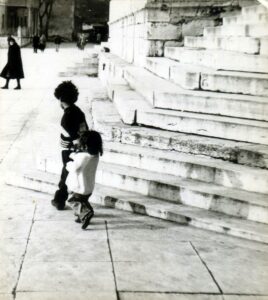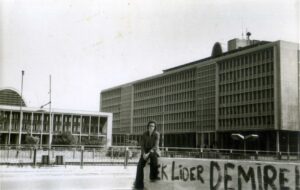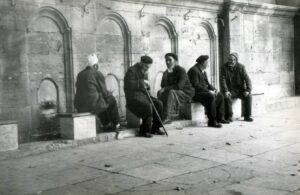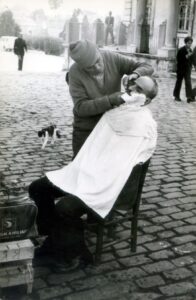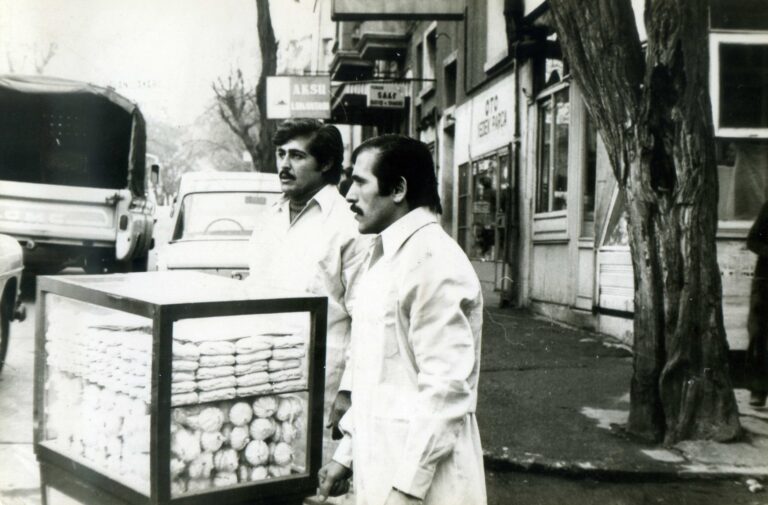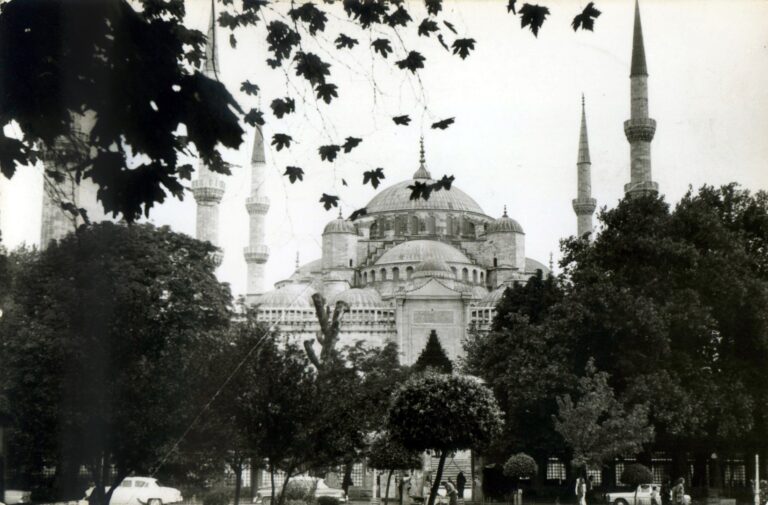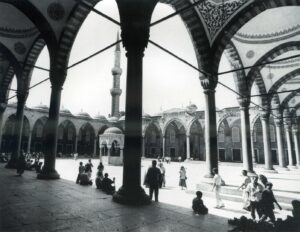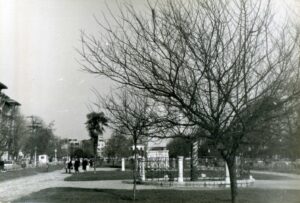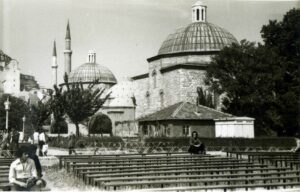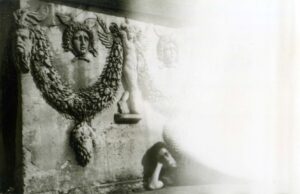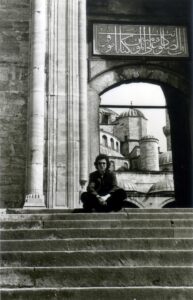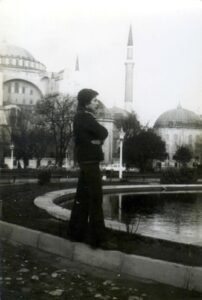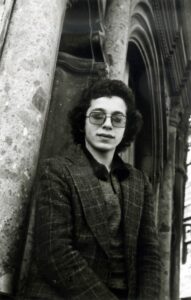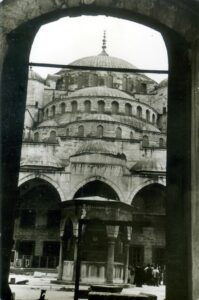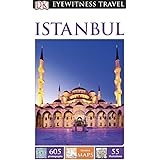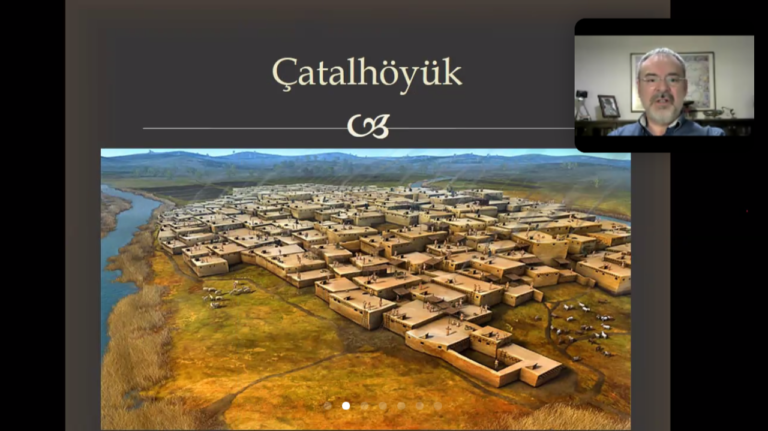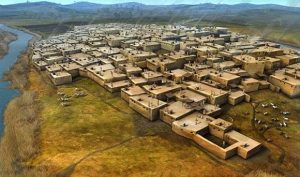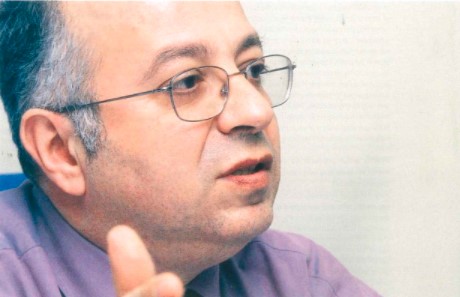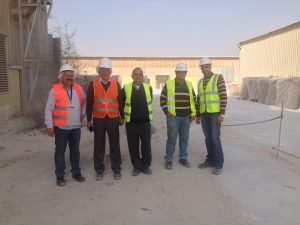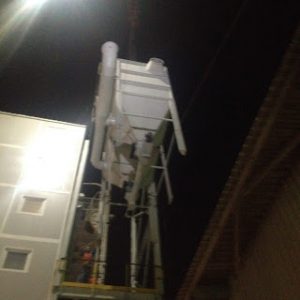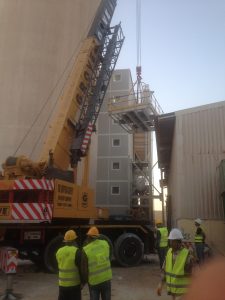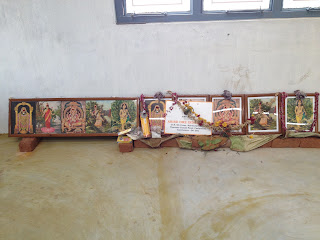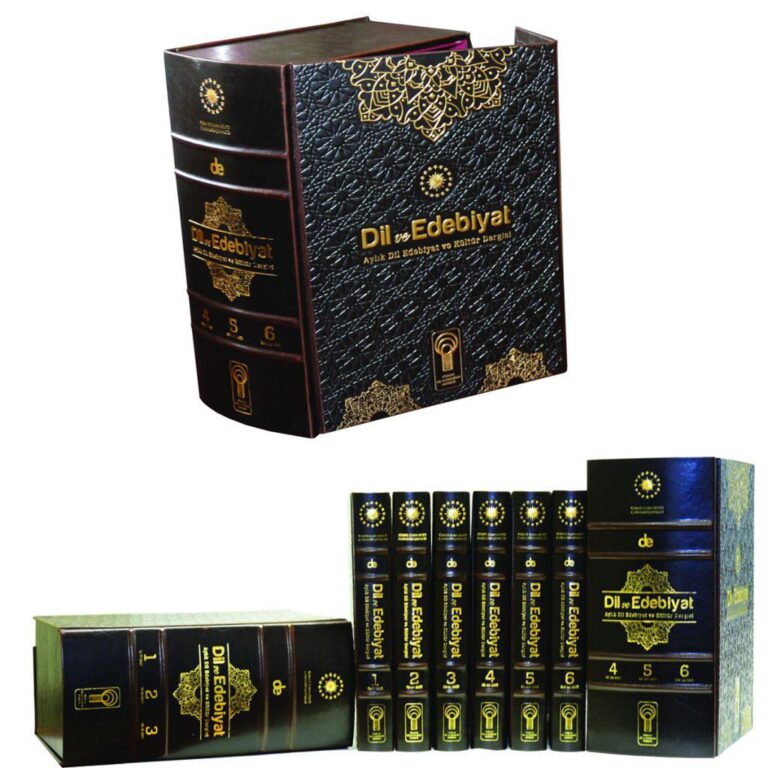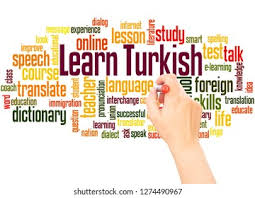Antique Languages and Turkish Language/Kadim Diller ve Türkçe1- Ancient Uighur Empire
[ Uighur Empire, history, language ]
2- Diversification of Languages
[ Languages, Ancient Scripts, History, Altaic ]
3- The Meaning of Petroglyphs
[ Petroglyphs, History, Language, Forgotten Past ]
4- The Asiatic Scythians
[ History, Language, forgotten past, Asiatic Scythians ]
5- Climatic Changes
[ Ice age, history, language, Climate ]
6- Universal Symbols
[ Forgotten Past, History, Language, Universal Symbols ]
7- The Minoan Culture
[ Forgotten Past, History, Language, The Minoan Culture ]
8- The Double-edged Ax
[ Forgotten Past, History, Language, The Double-Edged Ax ]
9- The Etruscan Dice
[ Forgotten Past, History, Language, The Etruscan Dice ]
10- Etruscan Inscriptions
[ History, Language, Forgotten Past, Etruscan Inscriptions ]
11- The Eastern Expansion
[ Forgotten Past, History, Language, Kuril Islands ]
12- The Anatolian Expansion
[ History, Language, The Anatolian Expansion ]
13- Evolution of Scripts
[ Forgotten Past, History, Language, Evolution of Scripts, Writing systems ]
14- Hittite Symbolism
[ Forgotten Past, History and Language, Hittite Symbolism ]
15- The Sacred Horn
[ The Sacred Horn, history, language ]
16- South-West Expansion
[ Forgotten Past, History, Language, South-West Expansion ]
17- The Indus Valley Script
[ Forgotten Past, History, Language, The Indus Valley Script ]
18- Towards Sumer and Elam
[ History, Language, Sumer, Elam, Forgotten Past ]
19- The Bull and the B
[ Forgotten Past, History, Language, The letter B ]
20- The Ugaritic Script
[ Baal, Anat, Ugarit, The Ugaritic Script, First Alphabet ]
21- African Expansion
[ African Expansion, history, language ]
22- Egyptian Deities
[ Egyptian Deities, history, ancient Egypt ]
23- The Orhun Valley Script
[ Forgotten Past, History, Language, The Orhun Valley Script, Ancient Scripts ]
24- From Orhun to Canaan
[ Forgotten Past, History and Language, From Orhun to Canaan, Ancient History, Canaan ]
25- The Bird Symbolism
[ Forgotten Past, History, Language, The Bird Symbolism ]
26- The ISSIK Kurgan
[ Forgotten Past, Architecture, The ISSIK Kurgani Kurgans, Horses ]
27- From Kurgans to Pyramids
[ Forgotten Past, Architecture, Kurgans, Pyramids ]
28- Kushan Empire
[ History, Language, Kushan Empire ]
29- Horses for Eternity
[ Forgotten Past, History, Language, Kurgan, Horses ]
30- Hittite and Sumerian
[ Forgotten Past, History, Language, Hittite, Sumerian ]
31- Dunhuang Manuscripts
[ History, Language, Dunhuang Manuscripts, Xinjan ]
32- Celts, Gauls and Galatians
[ History, Language, Celts, Gauls, Galatians ]
33- Western Anatolia
[ Forgotten Past, Architecture, Maya Cities, Maya Pyramids ]
34- The Khasar Empire
[ Khazaria, Khazar Empire, Khazar Language ]
35- The Burrows Cave
[ Burrows Cave, Illinois ]
36- Olmec, Toltec and Maya
[ Olmec, Toltec, Maya, Maya pyramids, Ziggurat, Ancent scripts ]
37- The Indus Valley Language
[ Indus Valley, Ahmed Dani, Dravidian ]
38- Japanese Language
[ Japanese, Ainu, Altaic ]
39- The Tangut Culture
[ Tangut, Tibet, Tantra, Mantra, Mandala, Uighur, Khara Khoto ]
40- The Pacific Expansion
[ Easter Island, Inlayed eyes, Megaliths. ]
41- Megaliths of Europe
[ Megaliths, Traxien, Stonhenge, dolmens, menhirs ]
42- The Sumerian Language
[ Sumerian words, Muazzez İlmiye Çığ, Osman Nedim Tuna ]
43- Okinawa and Yonaguni
[ Ryukyu, Yonaguni Monument, Ziggurat, OK tribes, Oklahoma, Cherokee ]
44- The Indus Valley People
[ Ancient migration routes. Isotope indicators. ]
45- The Atlatl
[ Maya, Aztec, Inca, Zeus, Odin, Atlatl, Beringia ]
46- The Sunken Continent: MU
[ Easter Island, Yonaguni monument, J. Churchward ]
47- The Buildings of MU
[ The Uighur Empire, Saksaywaman, Cuzco-Peru ]
